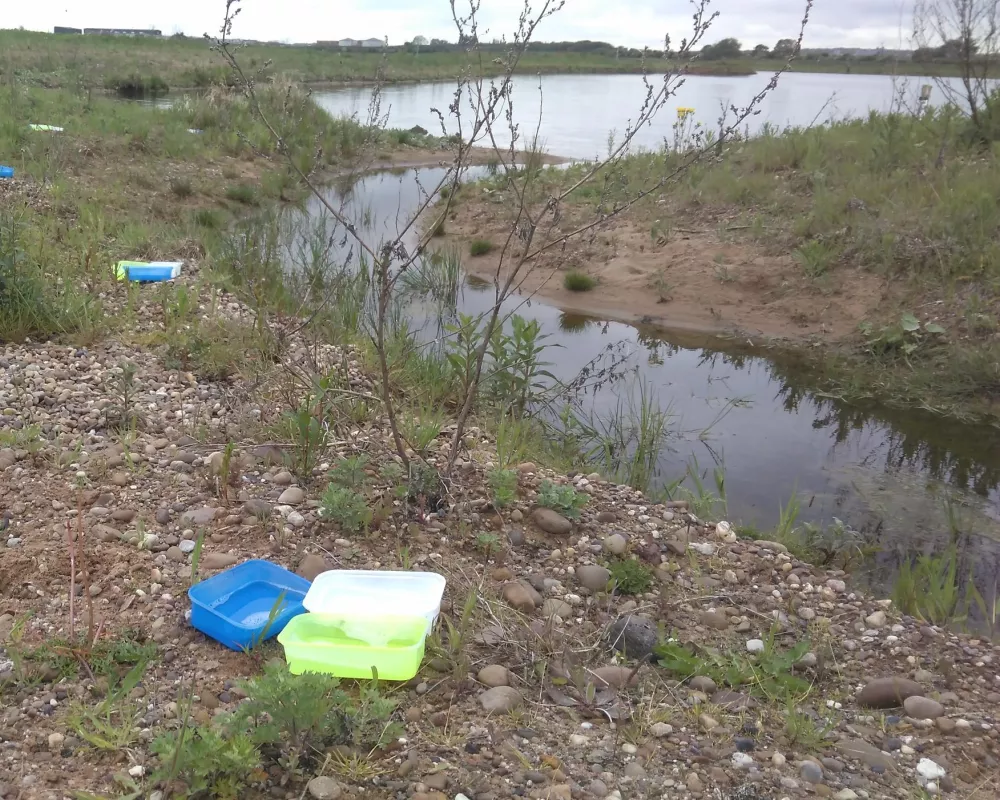The invertebrate biodiversity importance of bare ground habitat in Misson sand & gravel quarry

Ask most people to describe what habitat with high conservation value might look like and they will often think of green verdant vegetation. Much early quarry landscaping successfully changed unvegetated areas of grey and brown to verdant green, but the results were sometimes a little too green and seemed somehow unnatural. These restored areas generally supported poor levels of biodiversity and few rare species. In recent years, people have come to realise that areas of bare and poorly vegetated habitat are important for supporting high biodiversity and a range of rare species. Many species of bee, solitary wasp, spider and beetle are dependent on bare ground to hunt and nest because these areas provide the necessary warm microclimate and easy tunneling. However, bare ground does not remain bare for long, vegetation colonises and soon the bare ground is lost. Disturbances such as flooding, erosion and quarrying are needed to keep this habitat unvegetated, and careful quarry management can provide large areas of this important habitat. This project will investigate the invertebrates of Misson sand and gravel quarry in Nottinghamshire. It will study the bee, wasp, ground beetle and spider fauna of areas of bare ground in the quarry. And will ask questions like: which species are here, which areas support them, and what variables (e.g. flooding/erosion, aspect, elevation) do these species need? Answers will help inform future quarry management and restoration.



